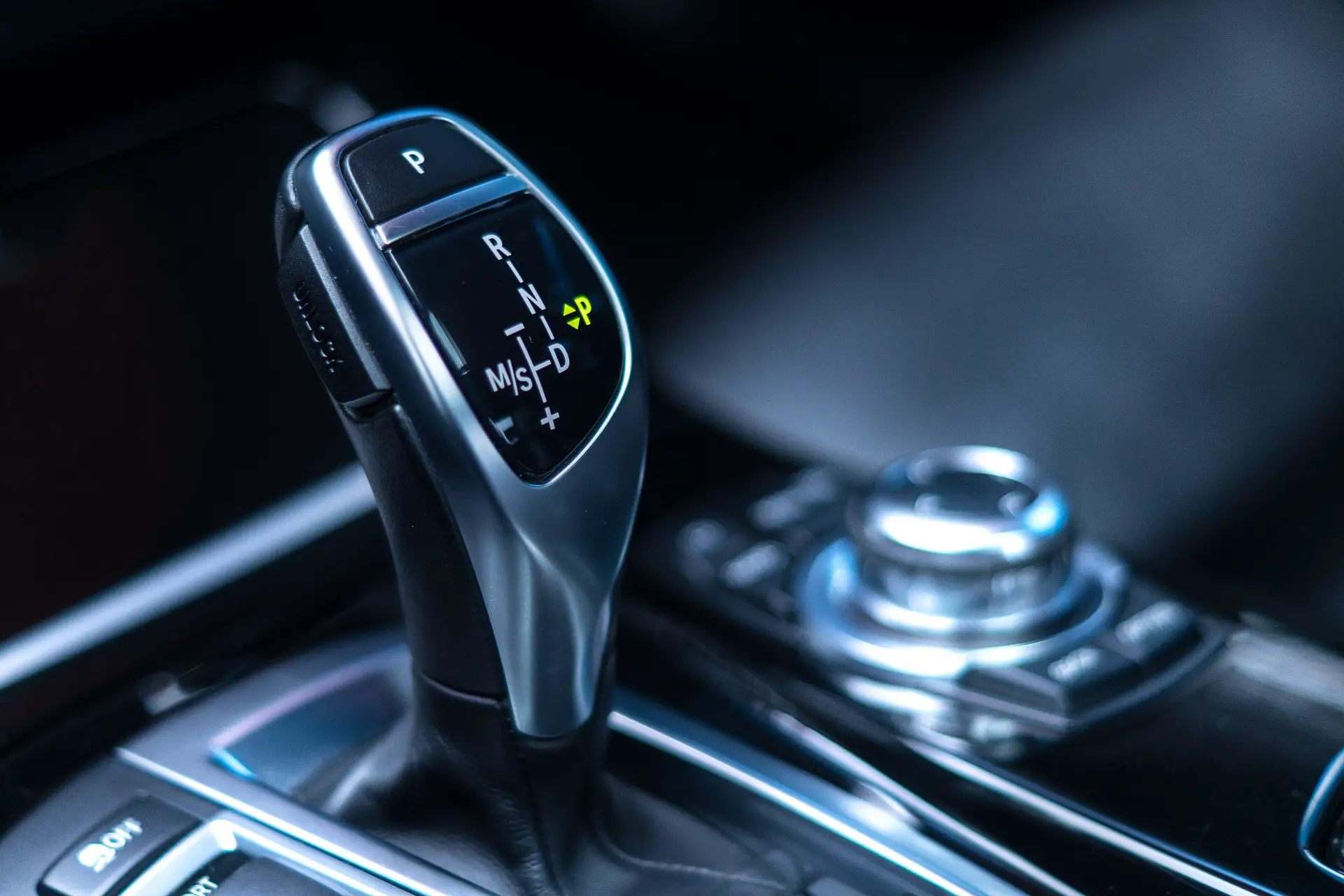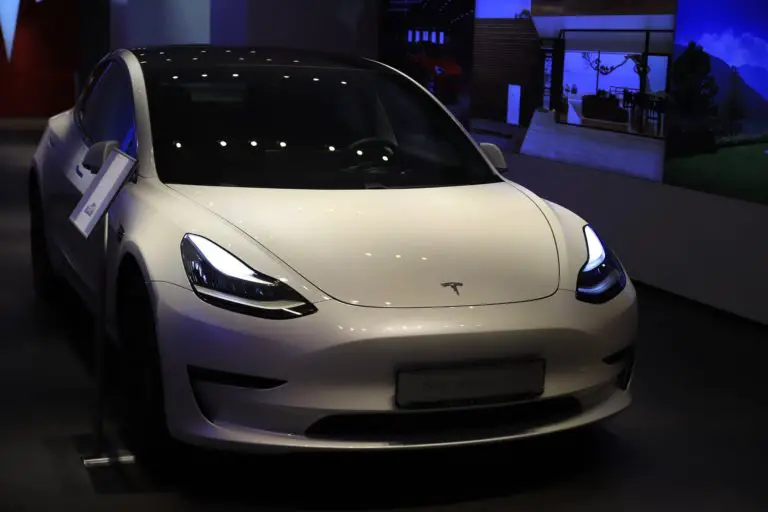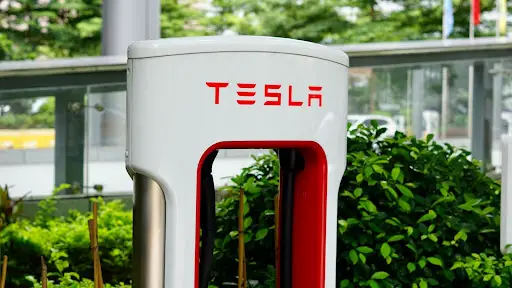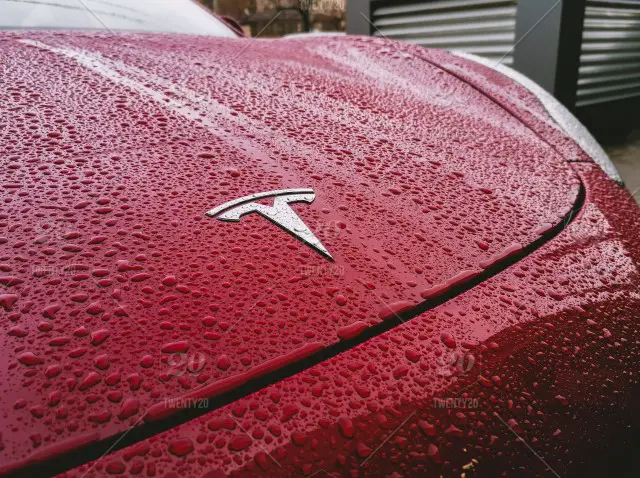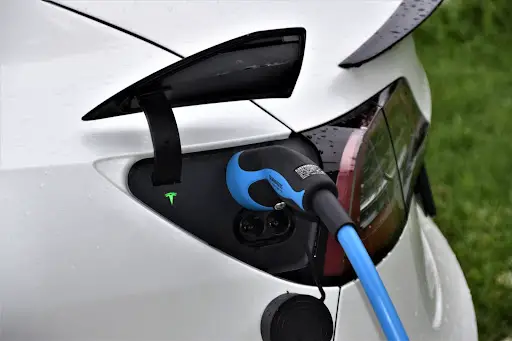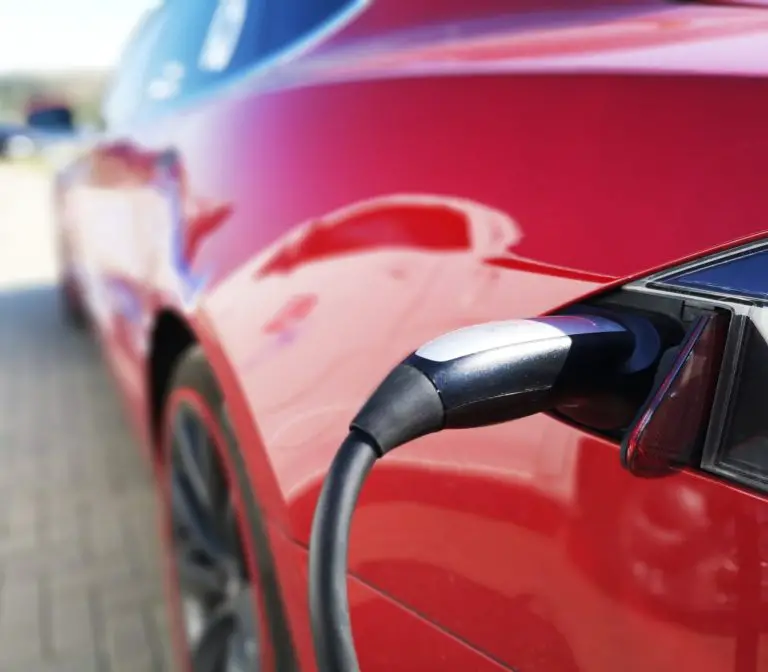Are Tesla Cars Automatic?
Teslas are among the most popular and sought-after electric vehicles (EVs) on the market, boasting several incredible features and technological innovations. But are Tesla cars automatic? This article will provide all the details that you need to know about Tesla engines and their transmission systems.
Tesla cars are only sold with automatic transmission and a PRND transmission selector gear. This is because electric motors generate sufficient torque for a much wider range of speeds, unlike internal combustion engines, which only have a narrow rev band to deliver maximum performance.
So, all Tesla cars are automatic and are not available in manual transmission because there is no need to change gears as the car accelerates due to the engine’s power efficiency. If you’d like to find out more, this article will provide all the details you need.
Table of Contents
- Tesla Cars are Only Available in Automatic Transmissions
- Tesla Cars & Other Transmission Systems
- Are All Electric Vehicles Automatic?
- Regenerative Braking with Tesla Cars & Other EVs
- Are Tesla Cars Fully Self-Driving?
- Conclusion
Tesla Cars are Only Available in Automatic Transmissions
Tesla vehicles are only available in automatic transmission. In other words, they don’t have a multi-speed transmission or a clutch, or a torque converter. All Tesla cars feature a fixed ration single-speed gearbox that does not require shifting. So, you can’t buy a Tesla with a shift-stick or manual transmission.
There would simply be no benefit in adding more speeds to a Tesla car’s transmission, and it would only add an extra power-draining mechanism that would make the car less efficient.
The transmission system in a Tesla has only a PRND transmission selector and, once in “D”; you can accelerate the car from any speed. This is because the electric motor in a Tesla car can generate so far more torque than any internal combustion engine.
Therefore, without a gearbox, a Tesla can pick up speed from a standstill, smoothly and continuously accelerating without the need for shifting gears – which also reduces engine noise. This is one reason, for example, that Tesla’s Model-3 can go from zero to 60mph in just 3.2 seconds.
Tesla Cars & Other Transmission Systems
To fully understand why Tesla and other electric vehicles have an automatic transmission system, you should first understand why internal combustion engines use manual transmission systems (a.k.a. Stick shifts).
Drivers need to select the right gear in a manual car while engaging or disengaging with the clutch. Mechanically, it uses a flywheel and pressure plate, which are connected with the engine and take it up to a higher or lower speed as you accelerate and decelerate.
In a vehicle with automatic transmission, a hydraulic power shifts the gears, combining the torque with a coupling converter, meaning that it doesn’t require the driver’s input to change gear, nor does the car require a clutch.
An electric car doesn’t require multi-speed transitions at all, which means that neither a hydraulic power, a clutch, or gearbox, is required for acceleration or deceleration.
Since Teslas and other electric vehicles don’t require multiple gears to determine the power output and can produce consistent torque, there is no need to include this unnecessary feature of internal combustion engine cars. Manual transmission systems would be redundant.
Are All Electric Vehicles Automatic?
Almost all electric vehicles (EVs) are automatic, except for a few that use multi-speed gearboxes to restore a “real drive feel” and high-speed cars that want to hit speeds of 200mph and beyond (which would require a second speed for better power performance).
EVs are power-efficient enough to deliver maximum performance through a very broad rev band. In internal combustion engines with manual or stick-shift transmissions, the rev band is comparatively narrow, meaning that you have to switch to higher gears when you want to speed up and switch to lower gears when you want to slow down.
An internal combustion vehicle will use various gear ratios during transmission to accelerate the vehicle, but the one-speed automatic transmission on EVs like Tesla cars does not need more gears to generate 100% of their torque – even from a standstill.
This is also the case for hybrid electric vehicles (HEVs), which mostly use continuously variable transmissions (CVT) in their automatic gearboxes.
Beyond the major disparity between accelerating with an EV is the difference between braking with EVs and internal combustion vehicles.
Regenerative Braking with Tesla Cars & Other EVs
Along with the differences in driving transmissions is a very different braking system that helps refill the battery that powers your EV. One of the most revolutionary technologies used by Teslas, other EVs, and hybrids is regenerative braking.
Regenerative braking allows the vehicle to recuperate some energy from slowing down to top up the battery. So, once you lift your foot from the accelerator, it will recuperate some energy and extend the time between each charge.
Regenerative braking is not exclusive to EVs but is also used in electric railways, kinetic recovery systems, and even bicycles.
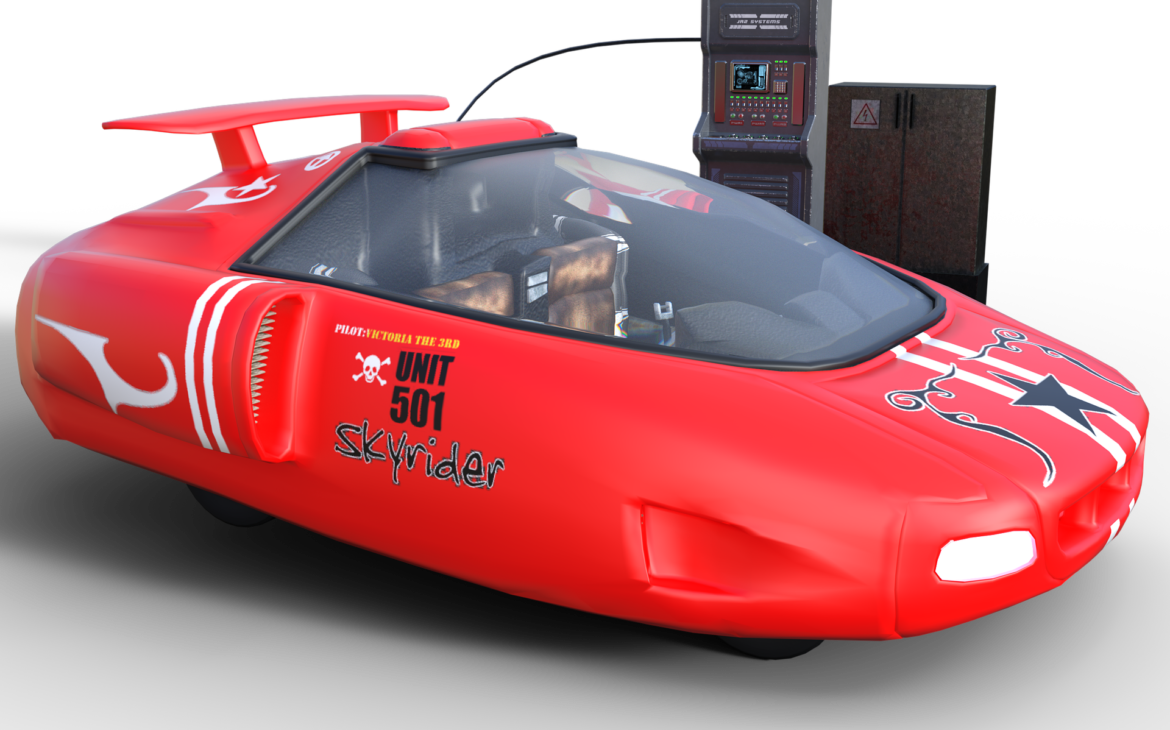
Are Tesla Cars Fully Self-Driving?
Another pressing question for any prospective Tesla owner will surround self-driving technology and Tesla’s autopilot feature.
Tesla cars also feature an Autopilot suite of Advanced Driving Assistance Systems (ADAS), which will eventually evolve into a Full Self-Driving (FSD) capability.
At the moment, Tesla’s Autopilot offers features that make driving simpler and safer, such as options to navigate highways, where the car can steer, accelerate and brake automatically.
The autopilot feature in Tesla cars is only applicable for highway driving at the moment and requires driver supervision, which means that they are not fully self-driving. However, Tesla expects to be releasing its FSD technology to the public by the end of 2023 and, by 2025, they expect the feature to be fully functional.
The improvements in functionality will make the technology foolproof after sufficient data has been gathered through the drivers that use it in its earlier phases of development.
So, because Teslas feature over-the-air upgrades through their operating systems, any Tesla car that you buy today will not have full self-driving features, but they are expected to have this feature in the future.
Once FSD features are rolled out to the public and perfected, Tesla cars will become even more energy-efficient than ever.
Autonomous vehicles will not only make our roads safer, but they will also eliminate the headaches created by parking. They will take the burden of driving off your shoulders and make sure that our vehicles are driven more efficiently, at appropriate speeds, and without error.
Theoretically, this would allow for vehicle sharing, further reducing emissions by putting fewer cars on the street. However, it will require a societal consensus to take this approach to transport.
Conclusion
Tesla cars and other electric vehicles are only released with single-speed (automatic) transmission systems. This is because electric motors can produce a maximum performance at a broad range of revs, eliminating the need for gear ratio transitions required in internal combustion engines.
The automatic transmission system used in Teslas and other EVs makes them more power-efficient, and they can accelerate very quickly from a standstill. Teslas are also made more energy efficient with regenerative breaking and could become even more efficient after fully self-driving features are rolled out over the next few years.
Amazon and the Amazon logo are trademarks of Amazon.com, Inc, or its affiliates.

